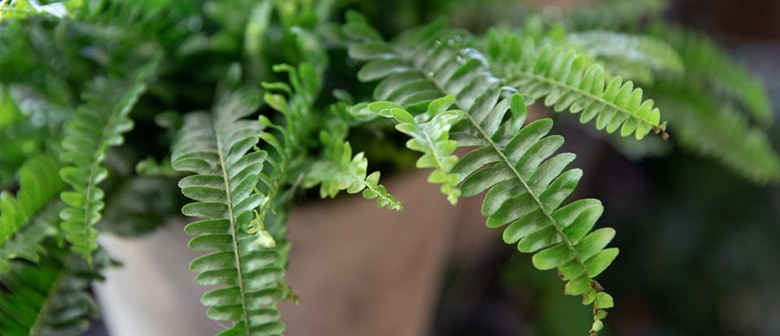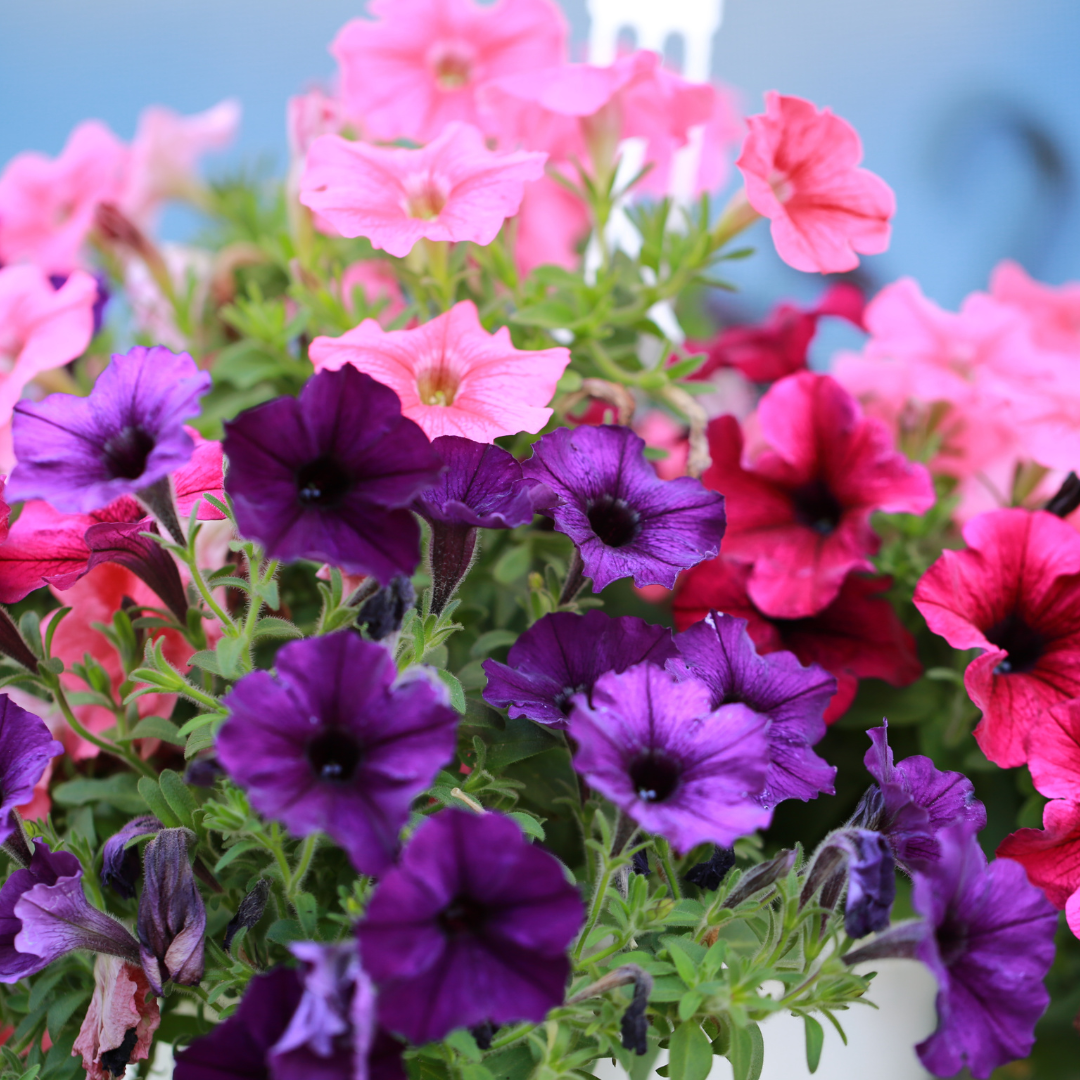Ferns are adaptable wee things will thrive indoors with the right amount of humidity. If you’d like to add a fern to your home or garden but not too sure where to start, consider button ferns, maidenhair, boston ferns or birds nest ferns. Read more below on how to grow ferns:
Watering
Most ferns like evenly moist soil with regular waterings. Allowing the soil to dry out between waterings causes stress.
Location
Ferns love moisture and should be given humid conditions, which make bathrooms and kitchens the most ideal rooms in the home. To help your ferns thrive in other rooms, try misting your plant every few days with tepid water and place away from vents or draughts to prevent them from drying out. Household ferns cannot tolerate dry conditions for long, their fronds will turn brown.
Soil
Most ferns are forest or woodland plants and have tender and delicate roots. Plant in free-draining soil that does not get waterlogged.
Light
Although you see ferns growing in moist, shady conditions like the forest floor, this doesn’t mean that they can live happily without light. Their normal conditions in the forest is dappled light. Place your ferns near a window that gets morning or late afternoon sun, keeping the ferns away from strong sunlight, especially in the summertime. Direct sunlight can cause yellowing or loss of fronds.
Fertiliser
Feed your ferns every two to four weeks with a liquid fertiliser during summertime. Don’t mix full strength because you can damage the root system. A few tiny drops of fertiliser added to their misting water will do the trick. Do not feed during the wintertime as this is when ferns rest.
Grooming
If your ferns roots are filling the pot that it is in, you can repot in Spring. They will also appreciate a top up of potting mix; do this by removing the top layer and replace with fresh mix.
Keep your ferns looking lush and green by snipping away brown fronds.
Some of our favourite ferns
Maidenhair
Prefers a shady spot out of sunlight or direct light and humid, warm air.
Birds Nest Fern
The key to a healthy bird’s nest fern is providing enough warmth and moisture.
Boston Fern
Higher tolerance for light and less adverse to dry conditions than its counterparts.
Blue Star Fern
Will tolerate lower light, but appreciates plenty of moisture.
Button Fern
Place in a bright or even slightly shady spot, but not in direct sun.
Hen and Chicken Fern
Will thrive in shade to partial sunlight. Needs well drained soil.











